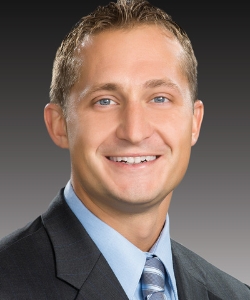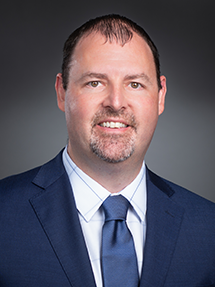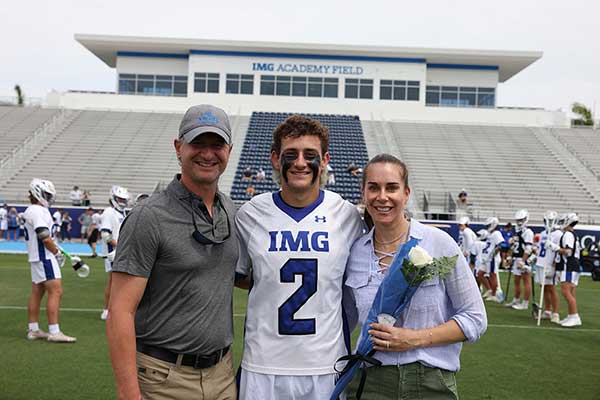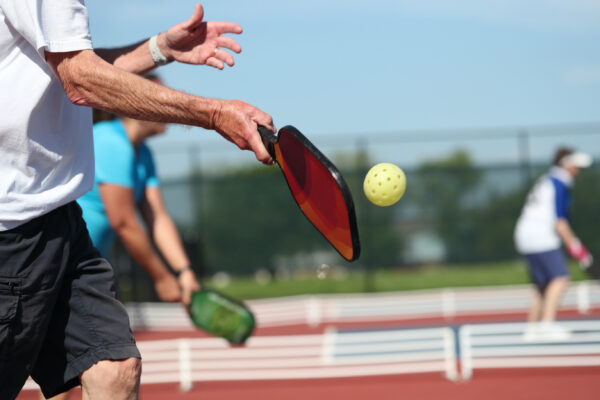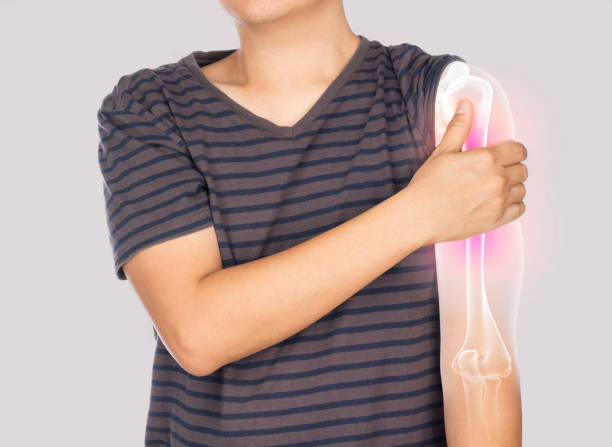What is the most common cause of tennis elbow?
Repetitive movement of your forearms when performing certain activities such as sporting, painting, or cutting.
What is Tennis Elbow? Also known as lateral epicondylitis, the tennis elbow is a medical term that describes a painful condition caused by overloaded tendons. Usually, this problem occurs due to repetitive motions of your arm and wrist.
Proper tennis elbow treatment combined with enough rest can help relieve pain resulting from this condition. In case the conservative treatment methods don’t work, or if tennis elbow symptoms persist, your physician might suggest surgery.
Three bones make up your elbow joint. They include the upper arm bone (humerus) and the other two bones in the forearm (radius and ulna).
Bony bumps or epicondyles exist right at the bottom of the humerus. This is the location in your forearm where several muscles begin their course. There is also another bony bump just outside your elbow known as the lateral epicondyle.
The elbow joint is held together by a set of muscles, tendons, and ligaments. Tennis elbow or lateral epicondylitis affects the tendons and muscles located in your forearm.
Keep in mind that the tendons and muscles play an integral role in the extension of your fingers and wrist. Extensors of forearm tendons are responsible for attaching muscles to the bone. However, the tendon that is usually affected by the tennis elbow is referred to as the Extensor Carpi Radialis Brevis or ECRB in short form.
If you suspect that you have a tennis elbow problem, you can reach out to Dr. Christopher R. Sforzo at Sforzo | Dillingham | Stewart Orthopedics + Sports Medicine for your tennis elbow diagnosis. Dr. Sforzo is one of the top board-certified orthopedic surgeons in the country. He is also a fellowship-trained professional specializing in both upper extremity and hand surgery.
Dr. Christopher R. Sforzo is experienced in providing expert care in tennis elbow treatment and other problems involving the arm, forearm, shoulder injuries, elbow, wrist, and hand. Moreover, he performs many medical procedures using minimally invasive techniques that include arthroscopic rotator cuff repair, endoscopic carpal tunnel release, and arthroscopic elbow and wrist surgical procedures.
Check out these common causes that usually lead to the tennis elbow among different people:
Numerous studies indicate that tennis elbow results from the damage of a specific type of forearm muscle, especially when making a tennis groundstroke. Should you experience the tennis elbow at any given time, contact the right physician to handle your case.
If your condition gets out of control, tennis elbow surgery may be necessary. Dr. Christopher R. Sforzo at Sforzo | Dillingham | Stewart Orthopedics + Sports Medicine is highly recommended to check your condition. As an M.D. and a board-certified orthopedic surgeon, Christopher R. Dillingham is fellowship-trained in the shoulder, hand, and arm surgery.
The doctor further specializes in the treatment of problems associated with carpal tunnel, cuff disorders, nerve injuries, arthritis surgery, fracture repair, tendon repair, foot and ankle disorders, and joint replacement.
He is considered an expert and a leader when it comes to performing technically difficult surgical procedures regarding total reverse shoulder problems. In addition, the doctor applies minimally invasive surgical techniques to perform procedures such as arthroscopic surgery of the elbow, shoulder, and wrist, including endoscopic carpal tunnel surgery.
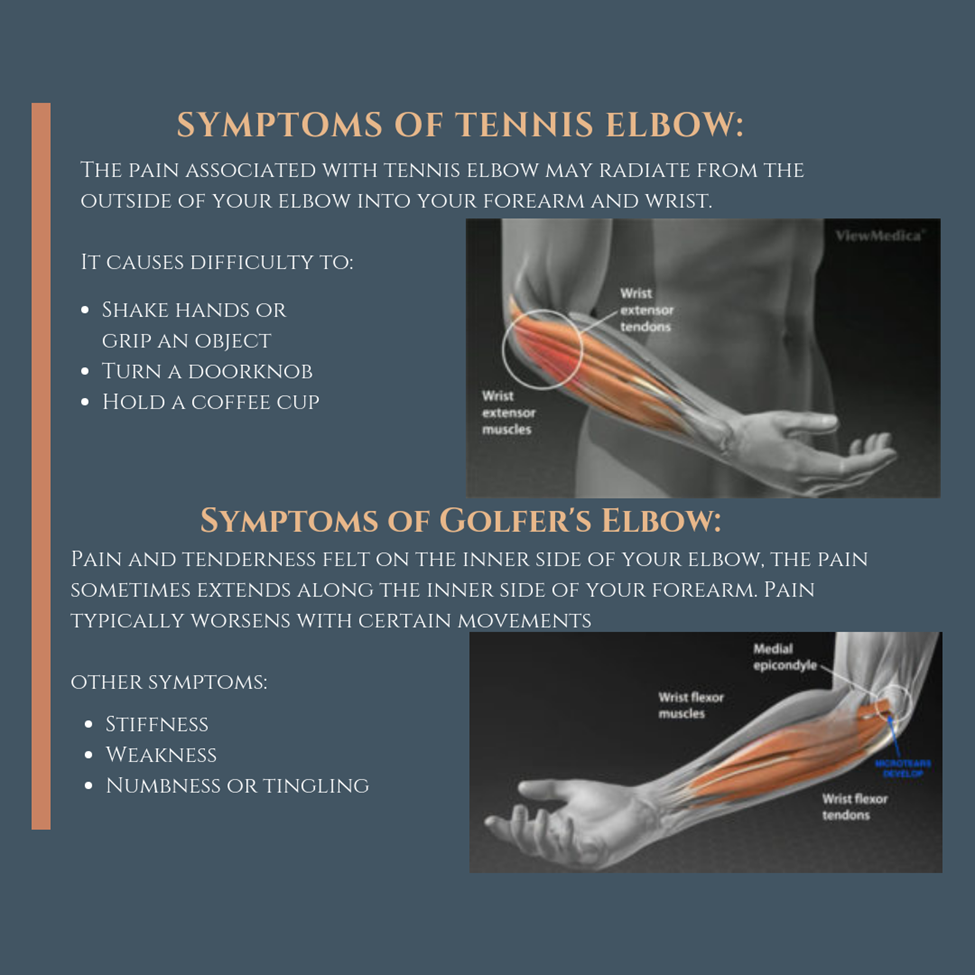
Here are the tennis elbow symptoms to look out for:
Outside elbow pain when….
Once you notice the above-mentioned symptoms, you should seek immediate medical intervention. Contact Dr. Christopher R. Sforzo at Sforzo | Dillingham | Stewart Orthopedics + Sports Medicine for diagnosis and tennis elbow treatment. He is also a board-certified healthcare provider and a fellowship-trained orthopedic surgeon with many years of experience in his profession.
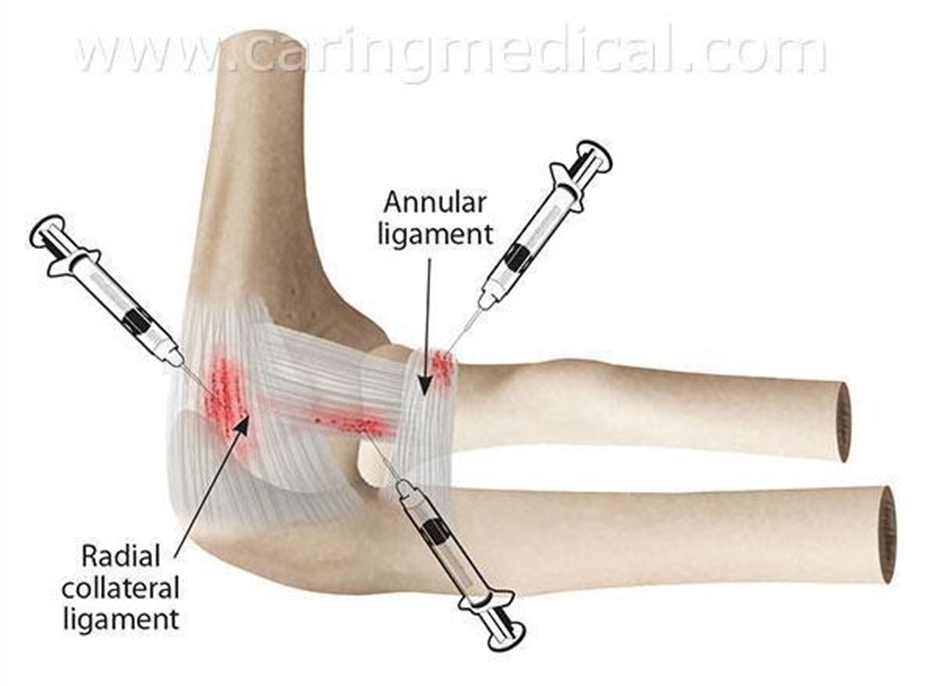
When it comes to preventing cases of tennis elbow, you need to apply the following simple techniques:
For an effective and accurate diagnosis of your tennis elbow condition, consider taking an X-ray, MRI, or EMG.
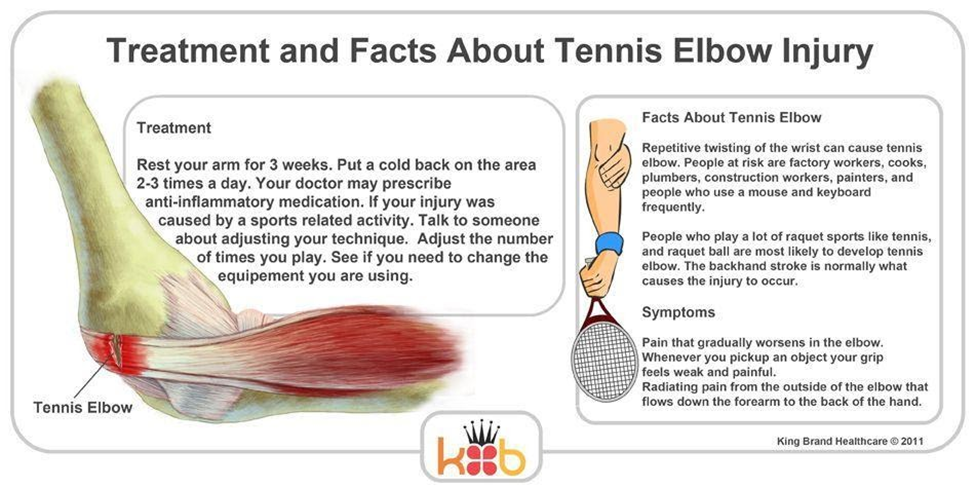
So far, the non-surgical treatment has shown a tremendous improvement in approximately 90% of patients with tennis elbow problems. The treatment includes getting enough rest, taking some medications like ibuprofen, physical therapy, using of a tennis elbow brace, steroid injections, platelet-rich plasma, and equipment checks. Alternatively, you can turn to tennis elbow physical exercise to speed up your recovery time.
If non-surgical treatments don’t work for you, your physician may recommend surgery. The surgical procedures involve the removal of damaged muscles before reattaching healthy muscles to the affected area. Types of surgery used in tennis elbow treatments include open surgery and arthroscopic surgery using tiny instruments and small incisions.
Following a successful surgery and before the tennis elbow surgery recovery, you can expect surgical risks such as infections, loss of strength, blood vessels and nerve damage, prolonged rehabilitation (tennis elbow exercises), loss of flexibility, and sometimes they need to undergo further surgery.
For a successful surgery, you can approach Dr. Christopher R. Sforzo at Sforzo | Dillingham | Stewart Orthopedics + Sports Medicine, a board-certified orthopedic surgeon. The doctor is also a fellowship-trained shoulder, arm, elbow, and forearm surgeon, specializing in such surgeries. Dr. Christopher R. Sforzo can also offer biological regenerative medicine injections, including regenerative treatments instead of surgery.
Tennis elbow can affect anyone besides athletes. Plumbers, butchers, and carpenters are some of the people affected the most by this painful condition. Luckily, tennis elbow treatments can help you get back in shape within a short time. For more information, contact Sforzo I Dillingham I Stewart Orthopedics + Sports Medicine today to schedule your appointment.
Repetitive movement of your forearms when performing certain activities such as sporting, painting, or cutting.
Tendons, muscles, and ligaments around the affected area take around six months to one year to heal. However, the overall tennis elbow recovery time may take a shorter period depending on the type of treatment used.
You should not expect long-term relief from lateral epicondylitis or pain relief if this condition remains untreated. In fact, symptoms of your tennis elbow may worsen and become a chronic problem.
Yes, massage is good to relieve pain caused by the tennis elbow. The massage may involve myofascial release (rolling, twisting, and squeezing), cross friction fiber massage, or trigger point therapy.
As healthcare is ever changing, Sforzo | Dillingham | Stewart Orthopedics + Sports Medicine, is doing things differently…

